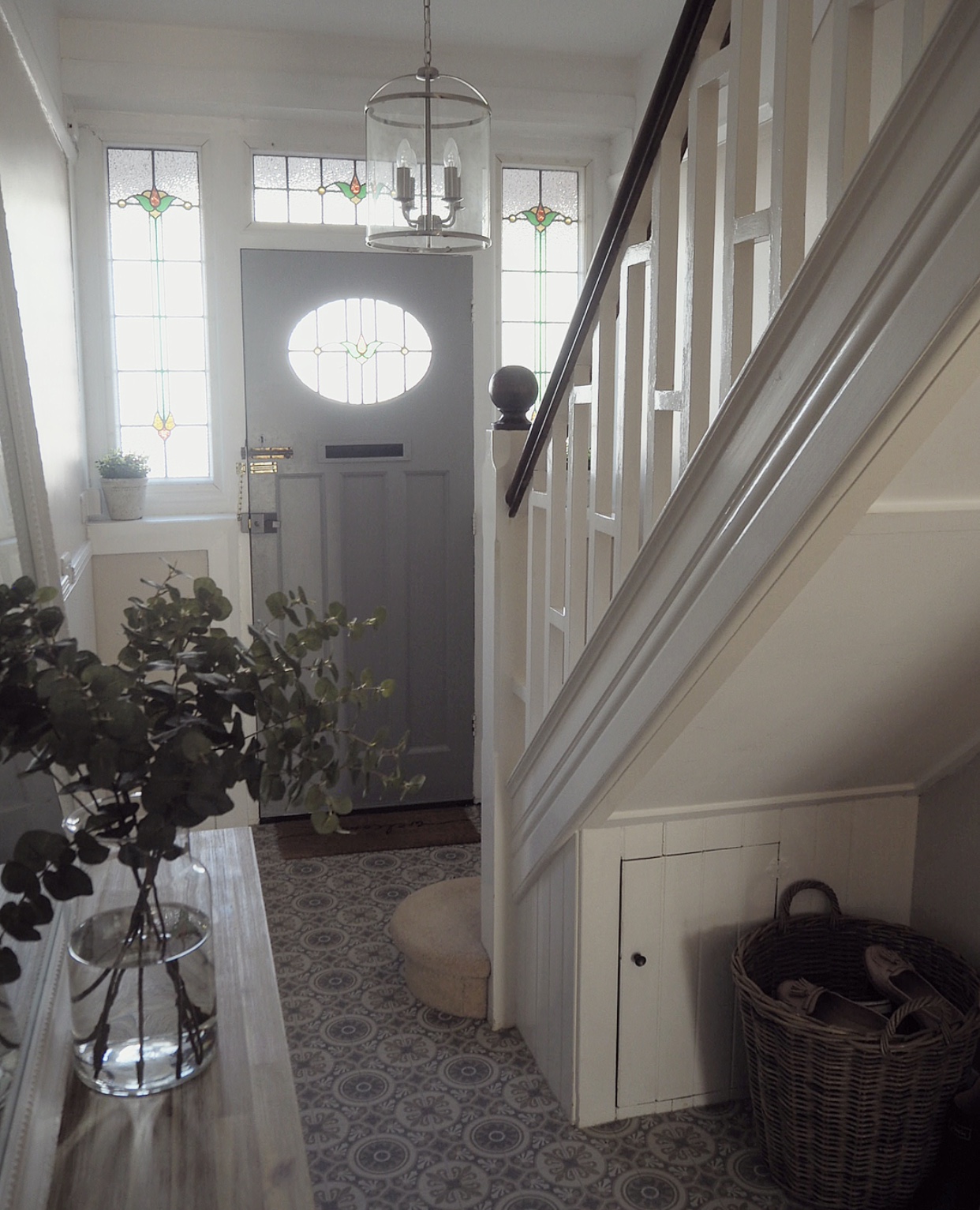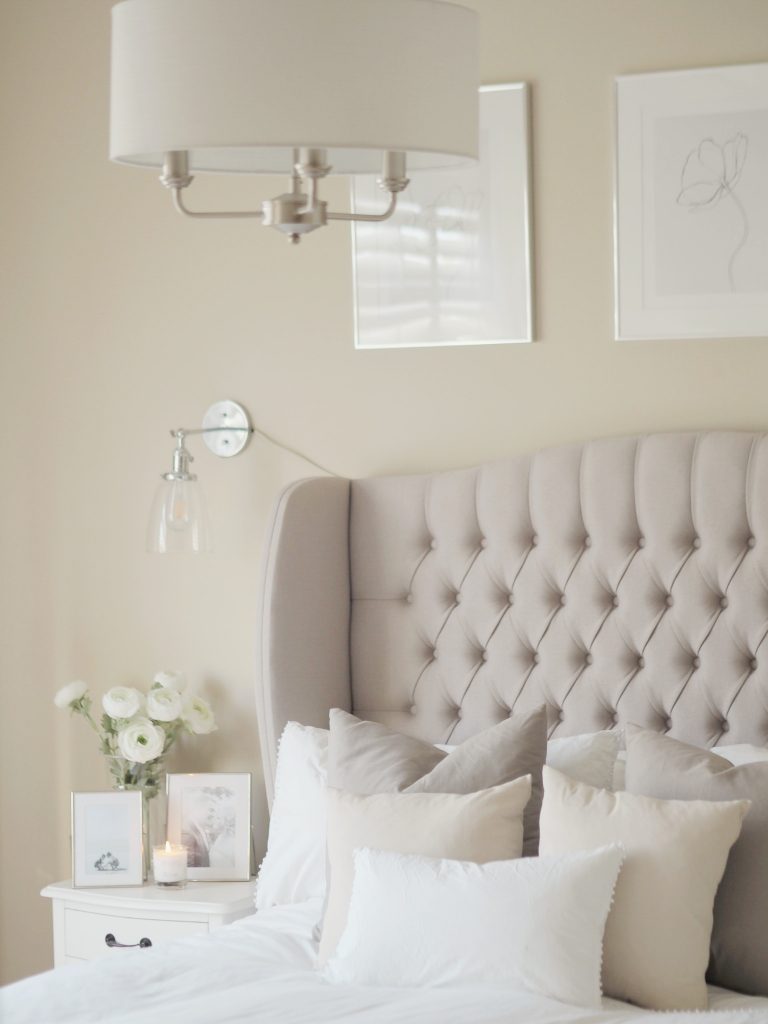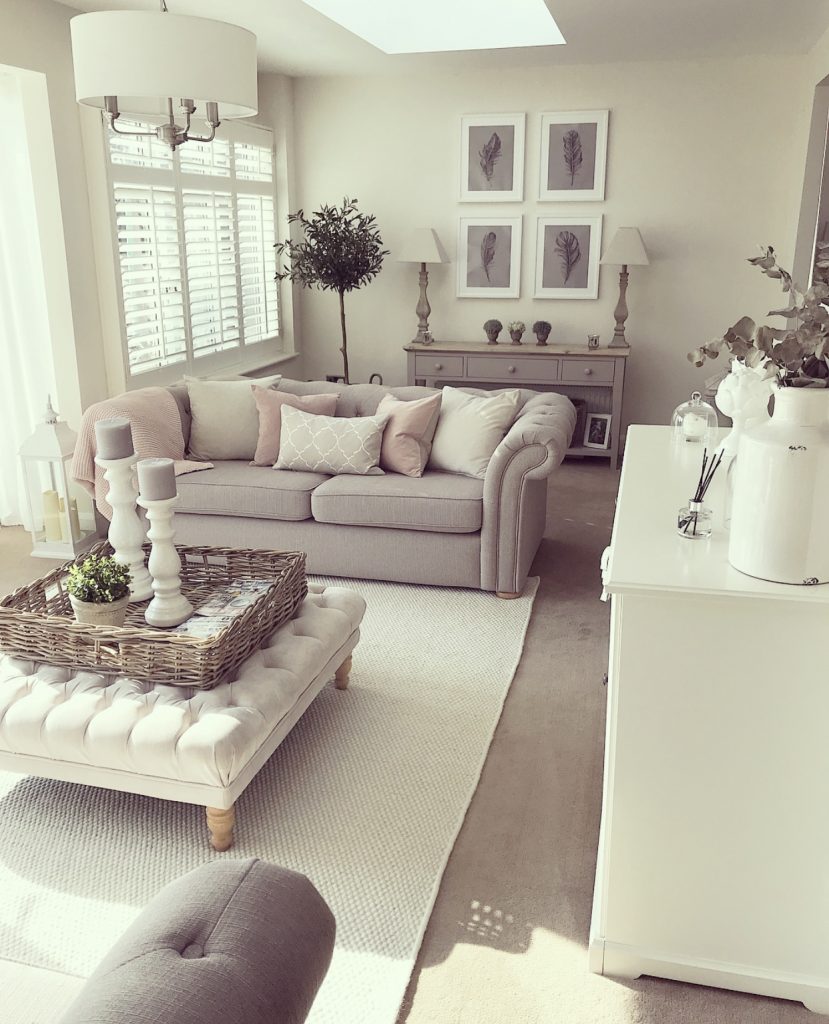When it comes to revamping & decorating a room, it can all be a bit daunting. Taking the plunge to spend your hard earned cash on items that you don’t necessarily know will work in a space can be intimidating for many & leads to just living with it ‘as is’ in the hope of a design revelation.

That combined with the prospect of renovating an entire house is too much for anyone & too many decisions can lead to disaster so try to take it one room at a time then work from there. I’d recommend starting with the areas you’ll spend the most amount of time in & make living areas presentable.
So if you don’t know where to begin & you need some guidance before you start slapping paint on those walls then this blog post is for you!
1. Design brief & assess the space –
One of the first things I ask new clients is about the function & use of the space…what do they enjoy doing in that room but delve in deeper to get an idea of what needs to be incorporated in the design. Sure, a bedroom is being used predominantly for sleeping but is it also used as somewhere to store clothing, do your makeup & escape to after a long day? A living room is used for watching TV but do you enjoy entertaining, do you eat dinner in there or in the dining room, do you like cuddling up on the sofa & putting your feet up? This will also highlight what furniture needs to be purchased & what storage requirements are needed.

2. Finding inspiration –
It’s never been easier to find inspiration with the click of a finger on a mouse or the tap of fingers upon a keyboard will come up with hundreds of thousands of images, mood boards & products designed to inspire, entice & spark creativity. Inspiration is all around us! Read my blog post here for the best avenues for finding design inspiration.
3. Pinpoint your design style –
The problem with inspiration being so easily accessible is that so many different design styles are being shoved down our throats 24/7 which can make it hard to pin point an exact style. It’s important to narrow down what you love (& what you don’t!) so for each space, find 5 images that you adore & it should highlight a clear direction for you to head down. Pay attention to if things like colour schemes, finishes or furniture styles are repeated in multiple images. These will be things you’ll probably want to incorporate in your home.

4. Be realistic –
If you live in a 3 bed 1930’s semi don’t expect for your home to look like a super modern glass fronted new build. If your rooms are pokey, don’t expect to be able to pull off a grand scheme which needs high ceilings & amples of space & light. Find inspiration in similar homes as your own rather than attempting to duplicate something that probably isn’t going to work!
Likewise, be realistic with your budget & set expectations. If your total budget is £500 then the likelihood is you’ll have to make sacrifices & probably won’t be able to get the room of your dreams. Think about what the biggest item in the space is going to be; for a living room it’ll be the sofa’s & bedroom it’ll be the bed….these are items you want to start with as they make the biggest impact.
5. Plan plan plan –
Once you’ve figured out all the nitty gritty, it’s time to get your organisation on & start planning. Do you need a tradesperson to move that radiator? Has the sofa got a big old lead time that you need to wait for? Now you’ve got your design ‘bones’ sorted, it’s time to start sourcing & researching items you want to incorporate. Shop around & find alternatives until you’re sure! Consider creating a mood board as this will highlight any problem areas immediately & give you a design direction. Don’t forget the all important finishing touches!
You’re then ready to get ordering & bring your vision to reality in your home – once you’ve aced one room, you’ll have the confidence to tackle others too.
Love,

Where has you Instagram gone ?